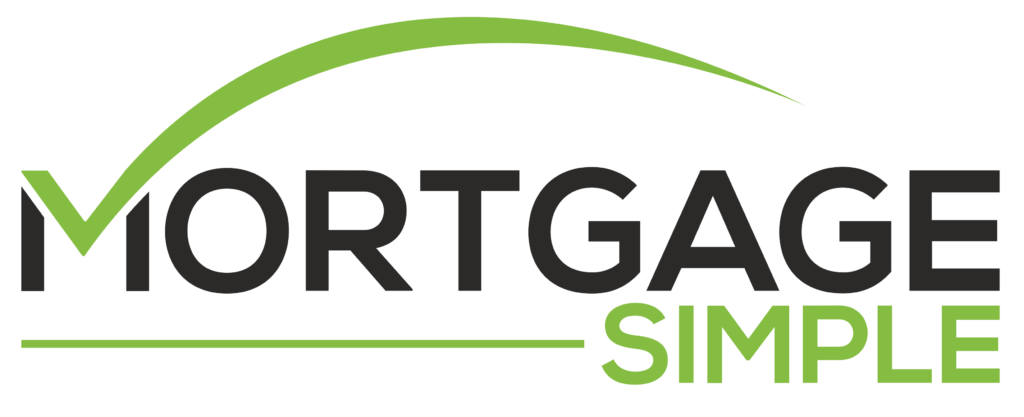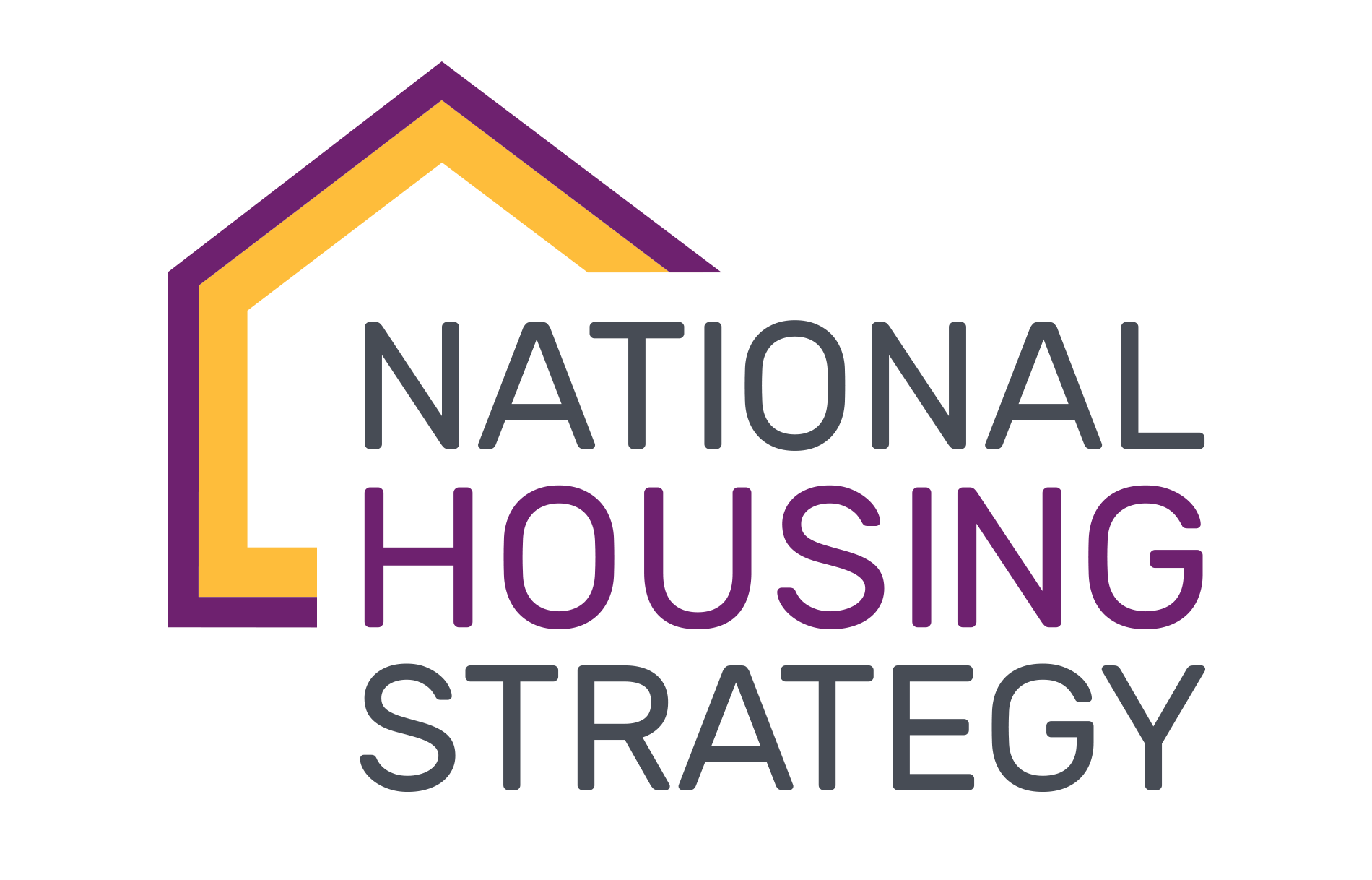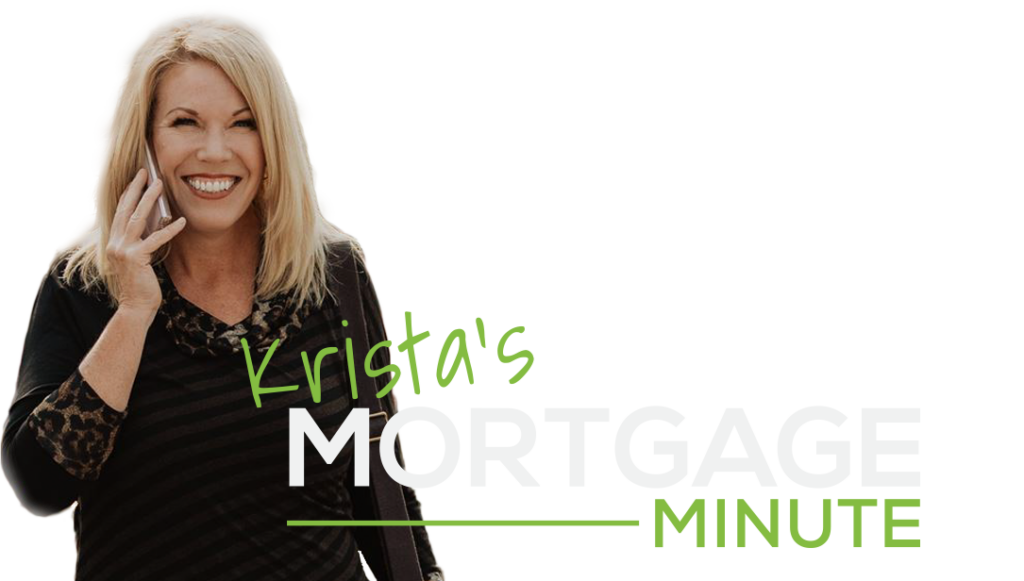When the federal budget came out earlier this year and the First Time Home Buyer Incentive (FTHBI) was announced, “I thought what a piece of garbage – that’s not going to help anybody!” Now that September second is here, I have had the FTHBI at the back of my mind while I am working on client’s mortgage applications, and I think I am changing my tune a little bit?
FTHBI: Thanks for the job security, feds!
It appears that the FTHBI may assist a small number of individuals who would not have qualified in the past and now they are qualifying for a mortgage – or giving them a bit more buying power. It’s not as easy to qualify for a mortgage as it was prior to fed’s implementing the benchmark rate (when Canadian’s need to qualify for a mortgage two percent higher than what they are paying or the benchmark rate – whichever is greater) but it’s a small step in the right direction. And by small step, I mean baby step.
I attended a learning opportunity on the FTHBI last week, as there has been very little published on how Canadians actually qualify for this program. Turns out you have to go to the National Housing Strategy website and fill out the application, sign it, and sent it to your mortgage professional. We have to do some things on our end, as your broker, as does the mortgage lender – but overall it does not seem to be overly difficult to apply. Maybe, still, a bit taxing for consumers to understand.
This follows suit with this government, as the last several changes to mortgage rules have made it extremely confusing, to both mortgage professionals and consumers. I guess I should say thank you to the feds for giving me a bit more job security? There are still a lot of unknowns that will have to fall out in the wash on the FTHBI but again it’s a start.
The Biggest Unknown
Probably the biggest unknown is whether they are going to allow the FTHBI to work in conjunction with the spousal buyout program? The rules say that if you have gone thru a divorce, despite owning a home in the past four years you still qualify for the FTHBI (providing you meet the other qualifying criteria). In addition, you are allowed to piggyback mortgage insurer programs with the FTHBI. Therefore, I am inclined to say you can do a spousal buyout and use the FTHBI as part of your down payment.
But . . . there is also some wording that says down payment must come from savings, RRSPs, or gift . . . the missing word here that I would like to see is EQUITY. When you are taking over the matrimonial home from your ex your down payment is equity, not the three listed in the FTHBI.
I have submitted my first mortgage application combing the FTHBI with equity as down payment and we will see how this throws down? It’s the grey area that is not addressed. I’m not one to not challenge rules, so I’m happy to be one of the broker’s who has a challenging application submitted to the lender for approval, ready to argue for my client on Tuesday morning, if required.
The Numbers
Despite the fact that the FTHBI may be helping some people qualify, there are some things that consumers need to consider once they are into the program. It’s likely best to explain this via an example. Molly buys a “new to her home” using the FTHBI and her purchase price is 400,000. Therefore, her FTHBI is $20,000 which comes in the form of an interest-free loan (in addition to her $20,000 in savings). This loan is registered to her title in second position. The FTHBI needs to be paid back on sale or prior to 25 years, whichever comes first.
Let’s assume Molly wants to sell her home in ten years and she sells for $480,000. This means she will payback five percent which is now $24,000 (($480,000 – $400,000) x 5% = $4000 plus the original $20,000). However, if she sells in a depressed market and she sells for $331,040 she only pays back $16,552 (($331,040 – $400,000) x 5% = -$3,448. $20,000-$3448 = $16,552) So, despite the feds calling it “interest-free” – it’s not technically “free” as they get their share of your market increase if the economy goes in the right direction.
Drawbacks
In addition, you will see increased legal costs for both your purchase and your sale, as an extra lien will need to be registered and discharged. The FTHBI will also limit your access to a home equity line of credit as it is unlikely that a lender will be interested in registering their security in third position.
My Final Thoughts
Overall, I am interested to see how much this helps Canadians? I anticipate it’s likely to help lower-income, lower price point buyers outside of Toronto and Vancouver . . . so I’ll keep it as a tool in my mortgage broker toolbox and hope I can use it to my client’s advantage.















